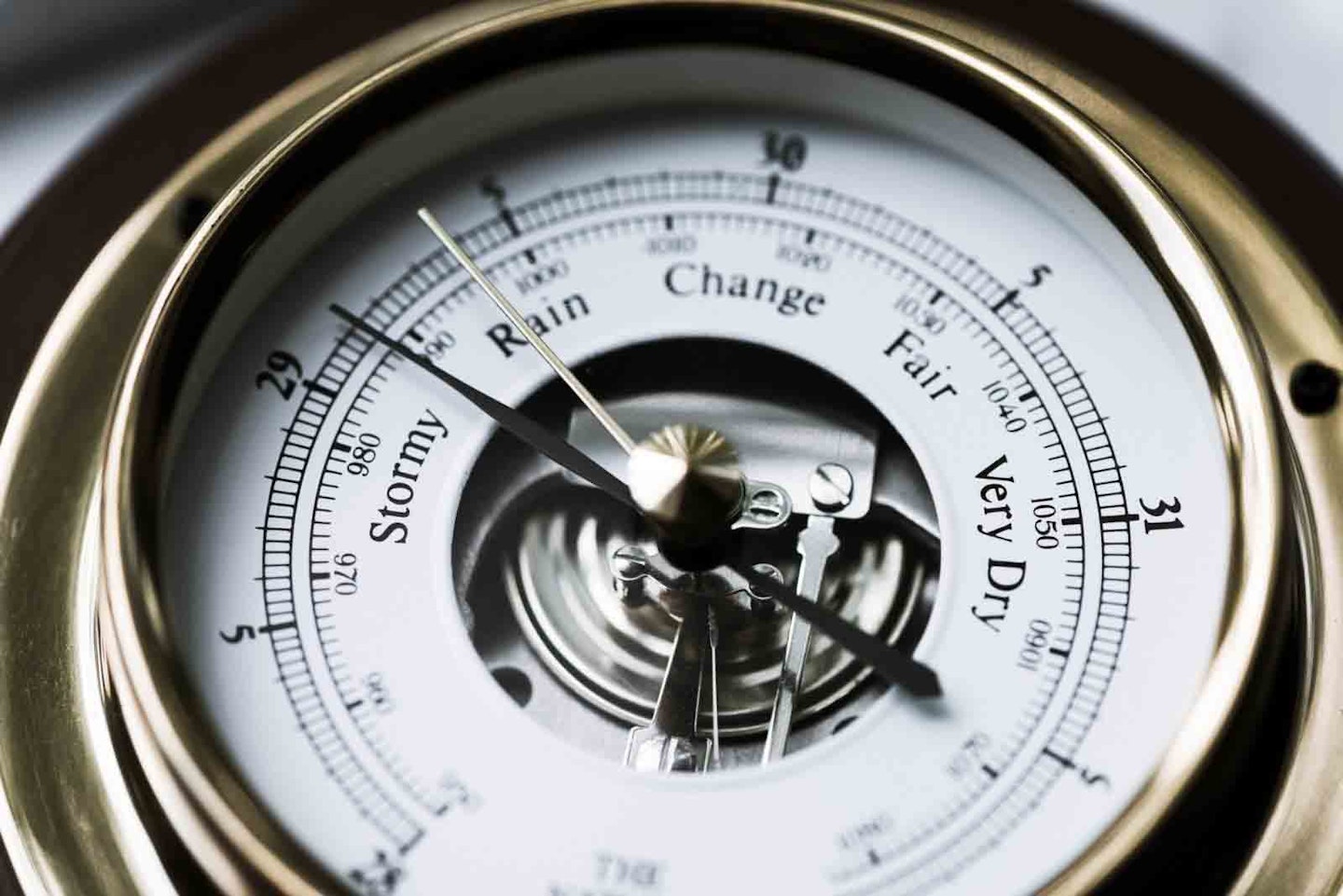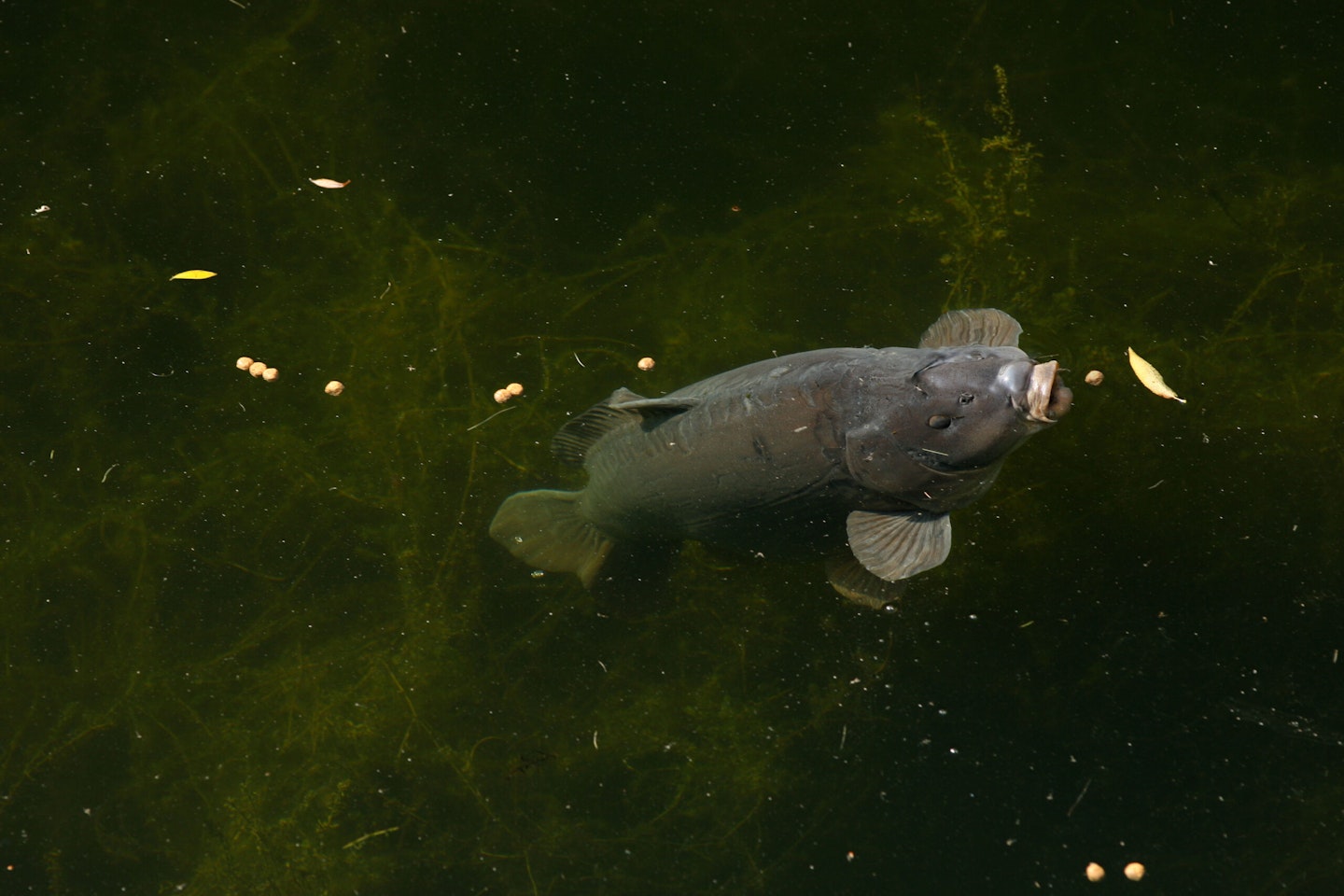As anglers we spend a lot of time thinking about the rigs we’re going to use, or the bait that will hopefully tempt our next personal best.
There are, however, numerous other factors which play a big part in determining how likely we are to catch – a significant one being air pressure. So, what is this exactly, and how can it affect the carp swimming around in your local venue?
What is air pressure and how does it impact fishing?
Air pressure, also known as atmospheric or barometric pressure, is the force exerted by the weight of the atmosphere on the Earth’s surface.
It is measured in units of pressure called millibars (mb) or inches of mercury (inHg). The air pressure can vary greatly depending on the weather conditions, and changes in air pressure can have an impact on the behaviour of carp.
Air pressure can be used as an indicator of weather. When low-pressure systems move in, it usually results in cloud, wind and rain. High-pressure systems tend to lead to fair, calm weather.
WANT TO FIND THE BEST CARP FISHING VENUE FOR YOU? CHECK OUT THESE SUPERB WATERS.

Read your barometer
As we all know to our cost, carp have a frustrating habit of ignoring the rule book. At least their often maverick behaviour keeps us on our toes!
They are, however, known to be particularly sensitive to changes in air pressure, so by paying close attention to the reading on your barometer you can tailor your tactics to suit the atmospheric conditions.
This is because carp behaviour is largely dependent on the oxygen levels in the water at any given time. As a general rule, carp are more likely to feed heavily on the deck during periods of low pressure, as this is when oxygen levels are highest. During spells of high pressure the oxygen levels will decrease, and the carp are likely to be more lethargic and more likely to be found higher up in the water column.
An atmospheric pressure of 1010mb or below is generally considered low, and therefore more likely to result in your alarm screaming off.
It may not always be possible to coincide your session with a sudden drop in air pressure, but it’s worth monitoring the long range forecast and looking for periods when the pressure is due to drop. If you can manage to get out on the bank around this time you could be in for a red-letter session.
TO INCREASE YOUR CHANCE OF A BITE, YOU NEED TO USE THE BEST BAITS FOR CARP FISHING!

Catch high in the water
High air pressure may not necessarily favour catching, but it’s not always possible to fish during spells of low pressure – and, let’s be honest, you’re not going to catch anything sat at home cursing the weather gods.
As mentioned earlier, the higher the air pressure, the higher in the water column the carp are likely to be. Just because they aren’t troughing away on the deck doesn’t mean they aren’t catchable.
Forget about spodding out beds of bait and instead focus on tactics such as zigs or surface fishing, as these will be far more effective than bottom baits.
THE BEST CARP FISHING RODS WILL HELP YOU CAST MORE ACCURATELY AND LAND MORE CARP.

